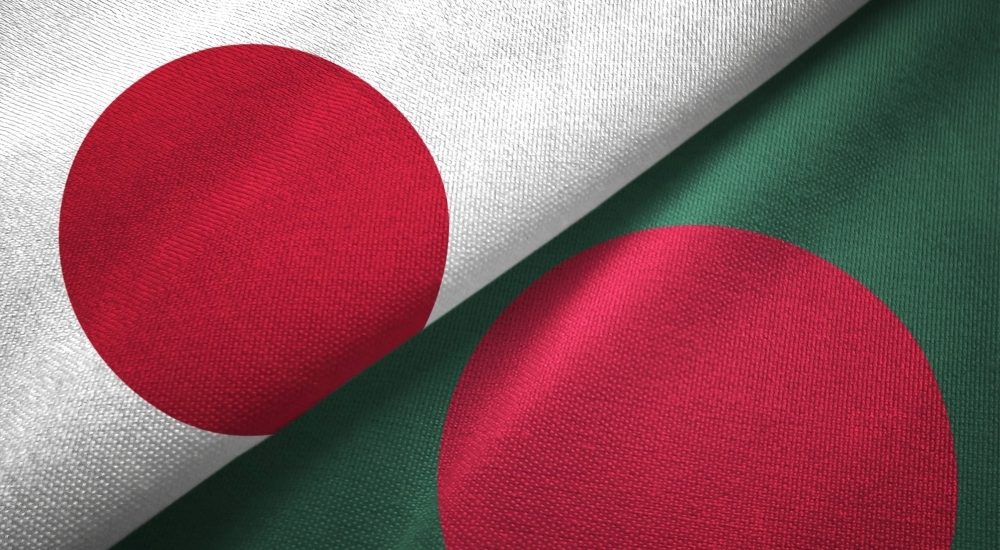



Japan will provide patrol boats to Bangladesh, making Dhaka the second beneficiary of defense equipment under Tokyo’s new military aid program, as it aims to bolster the South Asian country’s maritime security capabilities amid Chinese naval forays into the Indian Ocean.
The move is part of a deal the two countries signed Wednesday in Dhaka that will see the vessels being provided via a grant worth ¥575 million ($3.82 million) under the official security assistance program launched in April.
That’s close to the ¥600 million that the first OSA recipient, the Philippines, is being granted for the acquisition of Japanese coastal surveillance radars as part of an agreement signed earlier this month.
The Foreign Ministry in Tokyo provided no further details about the boats, saying only that they are meant to boost the Bangladesh Navy’s monitoring, surveillance and disaster relief capabilities — particularly in the Bay of Bengal, which the ministry described as “an important sea lane” for Japan.
“It is getting more and more important to improve (these) capabilities … for the Bangladesh Navy, which conducts such operations and other related activities in the Bay of Bengal,” the ministry said in a statement.
The number of boats has yet to be confirmed, but ministry officials told The Japan Times they assume the funds should be enough to procure four small boats, the specifications of which will be determined as a result of the bidding process.
First announced in last December’s revised National Security Strategy, the OSA framework is meant to provide equipment, supplies and infrastructure development assistance to partner countries, mostly in the Asia-Pacific region, in the form of grants rather than loans.
Tokyo is already in advanced negotiations with Malaysia and Fiji, while Vietnam and Djibouti are reportedly among those being considered as potential recipients in the coming fiscal year.
The framework, to which Tokyo allocated ¥2 billion this fiscal year, marks a break with Japan’s previous policy of avoiding the use of development aid for military purposes other than disaster relief.
The aim, says Tokyo, is to strengthen these nations’ security and deterrence capabilities to “reinforce” the region’s “comprehensive defense architecture” and create a more favorable security environment for Japan.
The program is part of Tokyo’s efforts to expand and bolster its network of security partners to not only counterbalance China’s growing military might but also its increasing clout in a number of countries, including in South Asia.
In recent years, China’s footprint in Bangladesh has grown significantly, particularly as a result of projects under its Belt and Road initiative.
In addition, Beijing is not only Dhaka’s top trading partner but also its largest supplier of military equipment, with China accounting for 74% of Bangladesh’s arms imports in the 2018-22 period, according to data from the Stockholm International Peace Research Institute.
Tokyo appears to be trying to use OSA to reduce that dependence and diversify Dhaka’s defense equipment suppliers. Japan has been pushing back in other areas, upgrading relations with Bangladesh in April to a “strategic partnership” and proposing to develop an industrial hub in the country.
However, it’s unclear how much Bangladesh, which is also one of the largest recipients of Japanese official development assistance, will tilt toward one side or the other.
The country, which is on track to being removed from the United Nations’ list of least-developed countries in 2026, continues to adhere to a foreign policy of nonalignment. Experts say Dhaka continues to shy away from the traditional security issues that are fundamental to furthering the U.S.-led rules-based order.
Source: https://www.japantimes.co.jp/news/2023/11/15/japan/politics/japan-bangladesh-osa/